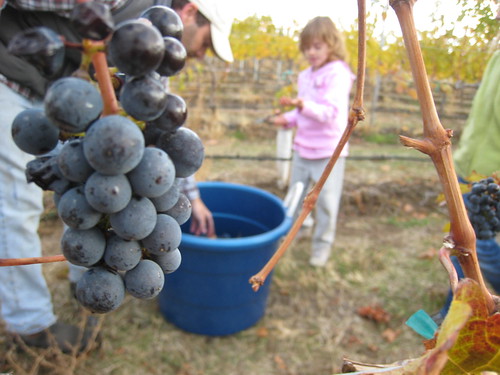Most people will think Alan Levinovitz, a Professor of Religion, an unlikely author of a diet book, particularly one like this that refutes many of the most popular diet fads. But in fact it’s one of the best health books I know. Nobody should read a diet or health book without reading this one first.
In my half-century of life, I can remember science being applied to so many different health claims that I’ve forgotten all the now-discredited ones that were once popular, but Levinovitz provides some reminders. Take MSG, for example, which began its road to public vilification with a letter to the editor of New England Journal of Medicine by a doctor who had a bad experience at a Chinese restaurant. Throughout the 1970s it was implicated as the cause of so many ailments that it became the subject of much serious scientific inquiry that all turned up negative. To this day, many people are convinced MSG causes headaches, yet no well-designed study has ever found any difference between MSG and a placebo.
MSG, like gluten and most of the other substances that have come and gone in the public favor, is a nocebo, an inert substance that causes harm because of the expectation of harm, not from anything real. On and on it goes with many other embattled foods. Wheat gluten is just the latest, most popular example, following in the footsteps of a whole line of defamed foods: salt, cholesterol, red meat, soy, and on and on.
Part of the problem is that, for many substances, there really are some people who are negatively affected. Celiac Disease is real for some people, just as sugar is a problem for diabetics and lactose causes stomach distress for many. But just because something negatively affects some people doesn’t mean it’s bad for the rest of us.
Levinovitz’ religious studies background makes him uniquely qualified to see the parallels between various health claims and religious belief. Claims about food are often couched in terms that, with a slight tweak of terminology, would be entirely appropriate coming from a church pulpit. Here are some examples:
You are what you eat: this idea can be traced to Galen, but it’s still in us. It’s why it’s so easy to sell the American public on the idea that eating fat makes you fat. Similarly, it’s not hard to convince some people that meat-eating, and its association with killing of animals, will make you more likely to be cruel to other humans.
If it tastes good it must be bad. It’s not hard to see the Puritan streak in much of the American discussion of the dangers of processed foods. We like the taste of sugar too much, leaving us at the mercy of Evil Corporations (Satan) who exploit our innocent addictions (The Fall) in order to make Big Profits. The truth, unfortunately, it more complex.
The monotonic mind. Religious people are comfortable with black and white conditions. To an Orthodox Jew, pork is 100% bad. The only optimal amount of coffee to a Mormon is zero. But with health, the rules are more complex. A glass of wine at a meal can be healthy for many people, but any positives go away quickly if you drink too much. Food is rarely if ever a black and white health vs unhealthy situation. The dose makes the poison.
Levinovitz gives many more interesting examples, including critical comments about Bulletproof’s David Asprey, Chris Kresser, and even Gary Taubes. Few diets or diet gurus are 100% bad, of course, and that’s why many will find the book frustratingly difficult to pin down. There’s a little something critical for everyone.
The most entertaining part of the book was the final two chapters, helpfully printed on darker paper to make it stand out. Levinovitz invents an entirely new diet fad, written uncritically in the first part, and then overwritten with his own comments in the second. At first, you’ll be tempted to think Levinovitz’ book is just like so many other diet books, which go into detail taking down other ways of eating, only to return with the One True Diet. But that’s why the second part is so interesting: as he might do with religious commentary, Levinovitz picks apart each of his own dietary claims to show how deceptive they are, how they fit into well-worn patterns, and why you shouldn’t be fooled.
That said, the book does offer one piece of dietary wisdom, but sadly it’s not the one most people are primed to hear. Moderation. Period. Don’t eat too much.
Perhaps not a satisfying conclusion to some people, but perhaps that’s to be expected when you take all the religion out of eating.





